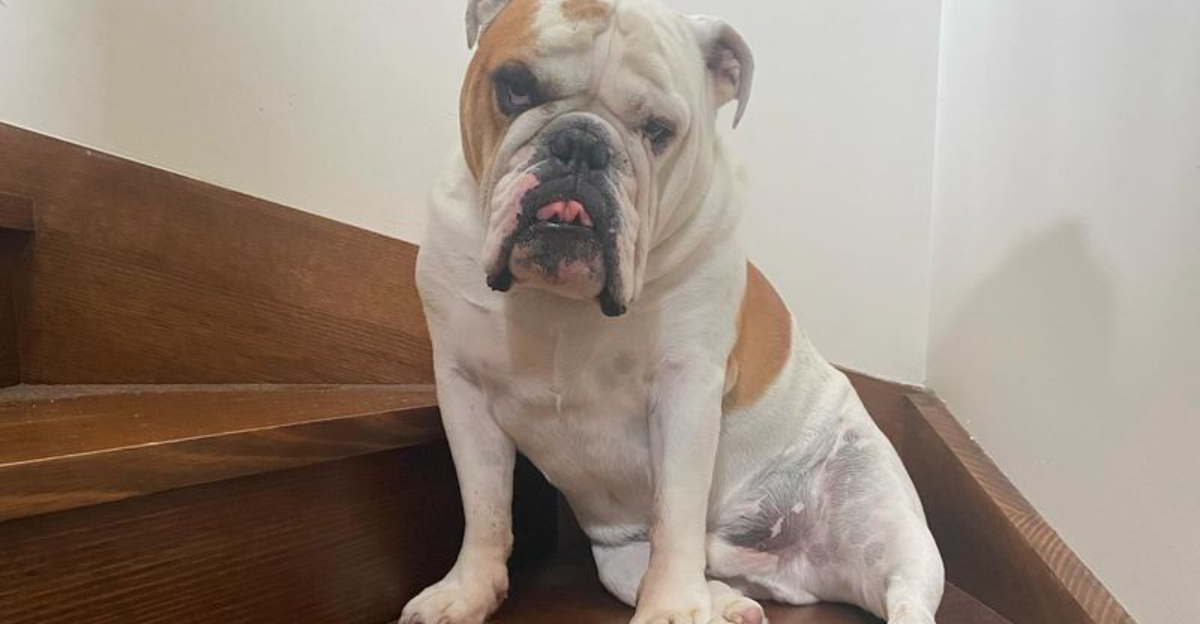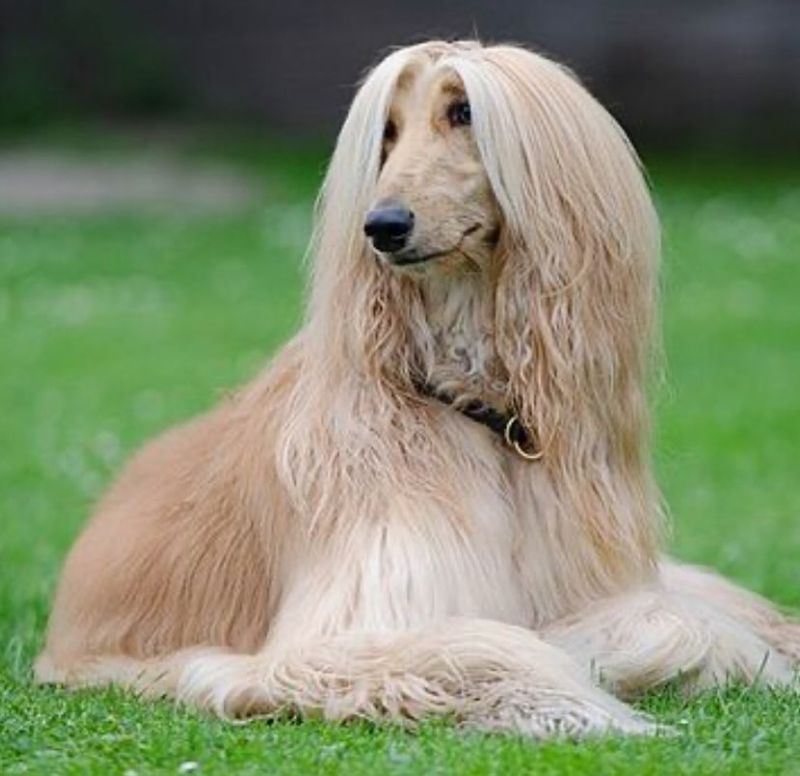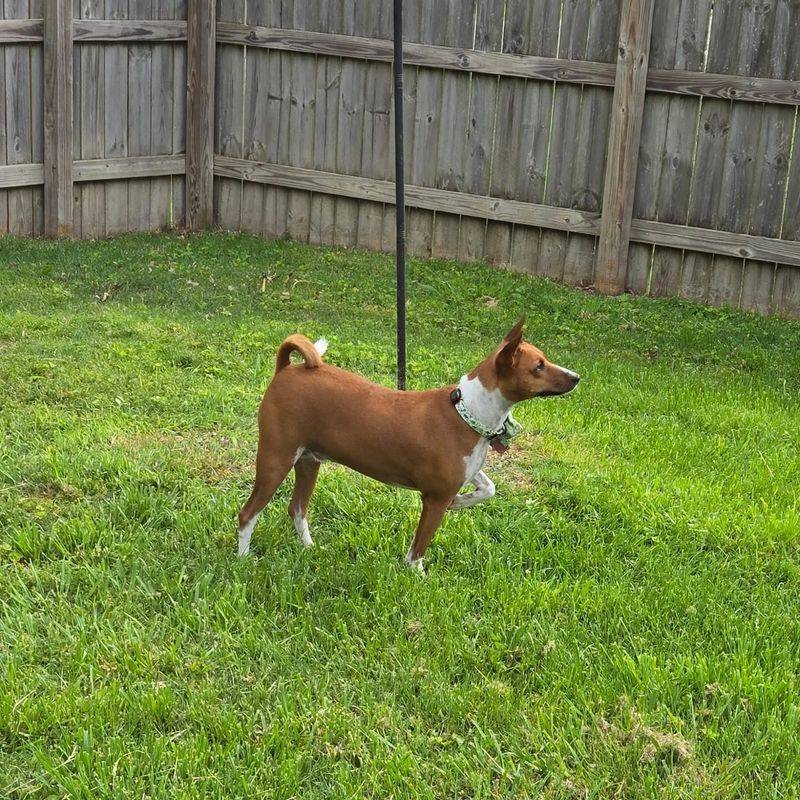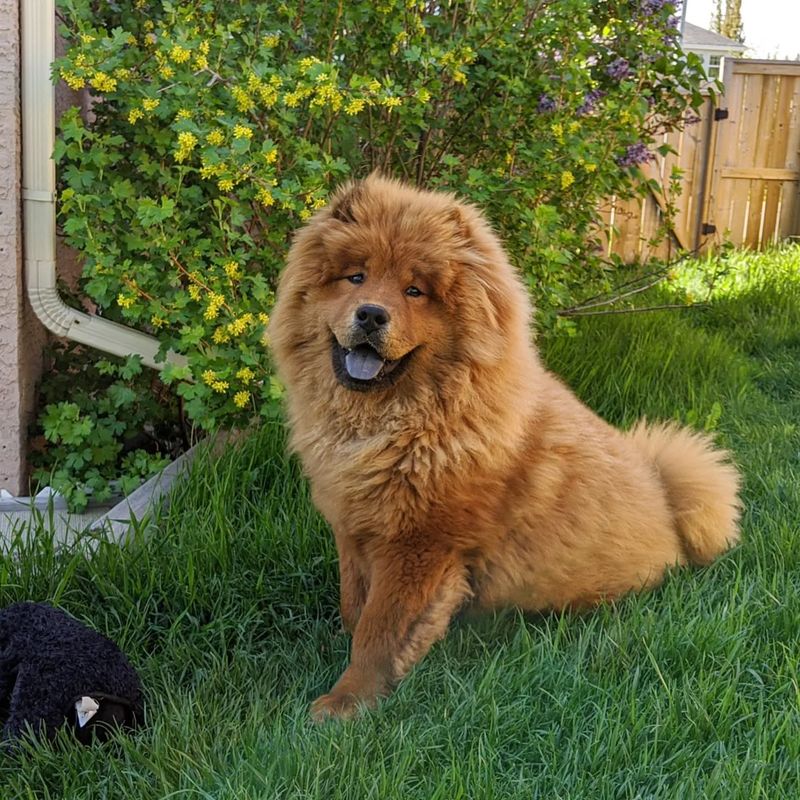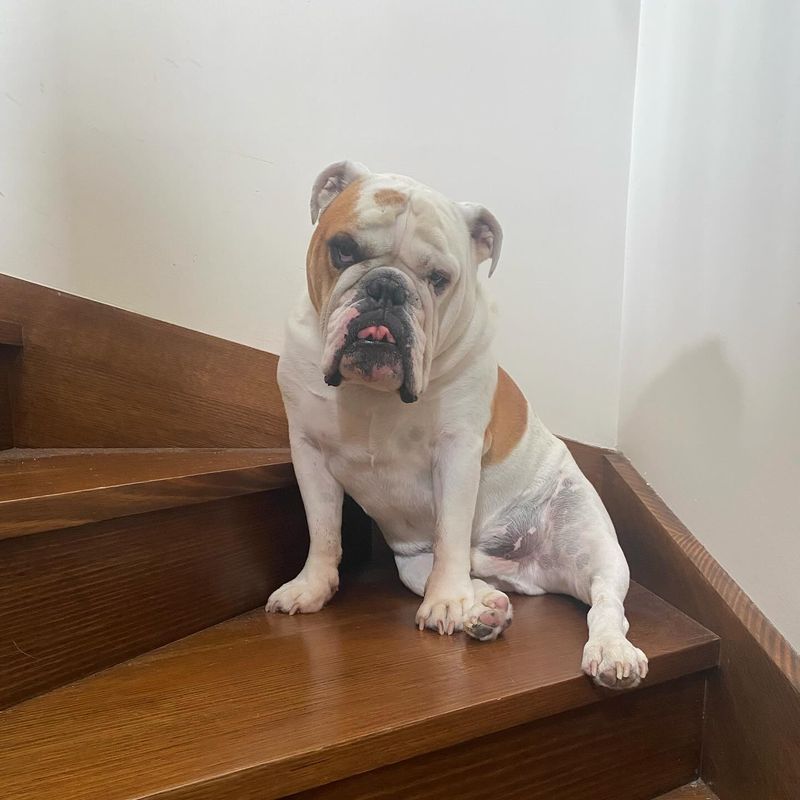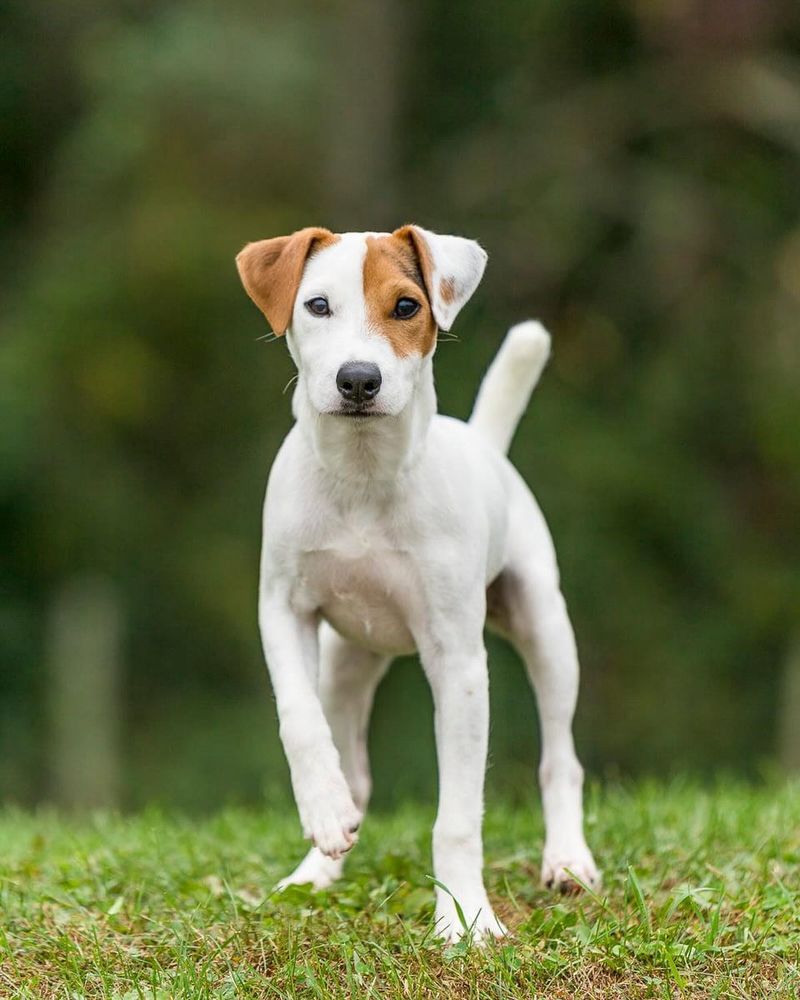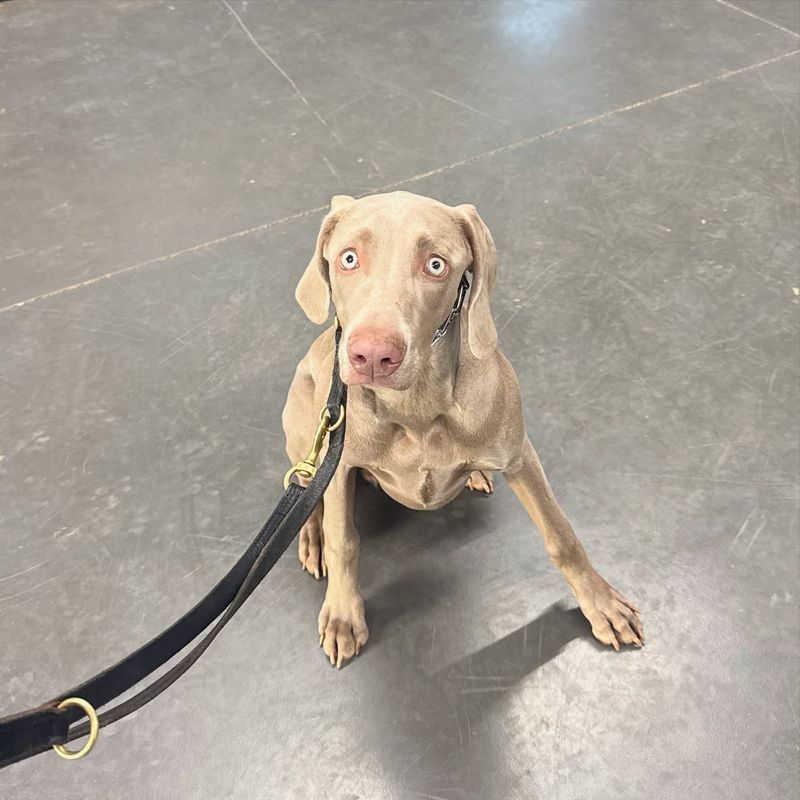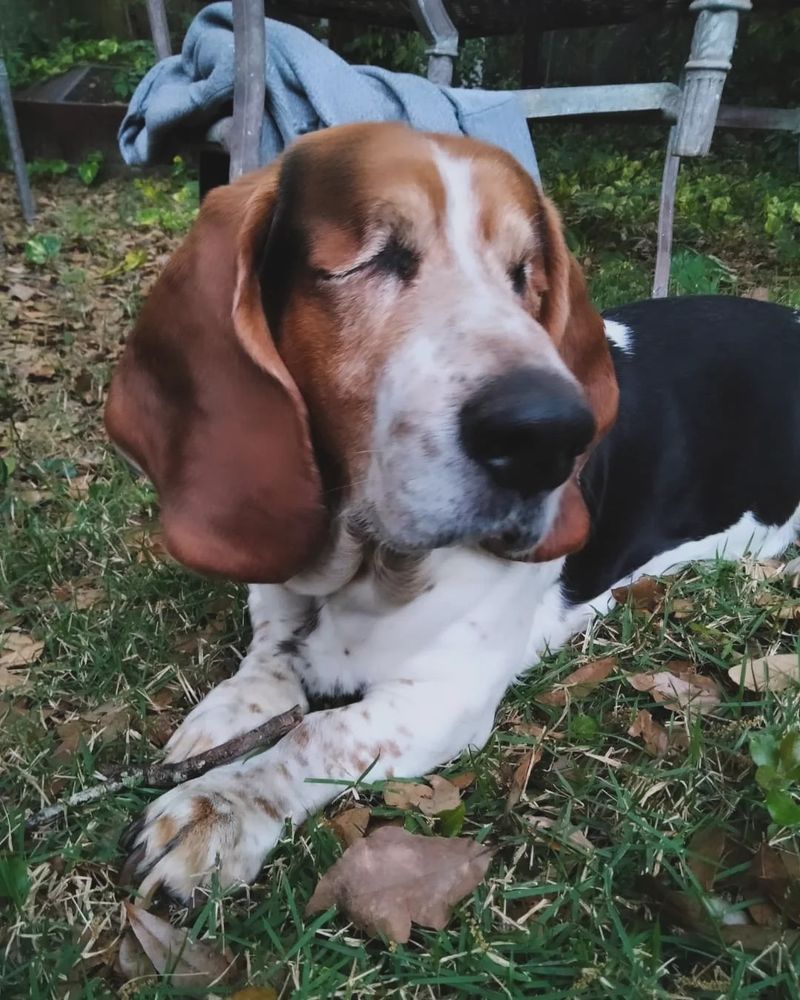Explore the intriguing world of dog breeds that, contrary to popular belief, pose more challenges when it comes to training. Despite their adorable faces and charming personalities, these breeds demand extra patience and understanding from their owners. Discover what makes these pups uniquely obstinate and why they might still be worth the effort.
Afghan Hound
Known for their aristocratic charm, Afghan Hounds are as beautiful as they are aloof. Their independent nature can make training a challenge. Imagine trying to convince a creature that seems to believe it knows better than you. Despite their aloof demeanor, their intelligence is undeniable.
Engaging them in training requires creativity and patience. Their history as a hunting breed contributes to their strong-willed behavior. It’s said they can follow their own mind, making them less responsive to commands. Yet, their beauty and grace are unmatched, making the effort worthwhile.
A fun fact: Afghan Hounds were once considered a status symbol among royalty.
Basenji
The Basenji is often referred to as the “barkless dog,” known for its unique yodel-like sound. This breed’s independence and curiosity make training an adventure. With a rich history as a hunting dog in Africa, Basenjis have a mind of their own.
They’re known for their clean habits and cat-like grooming behaviors. However, their stubbornness comes from a deep-rooted intelligence that can outsmart inexperienced trainers. Patience and consistency are key.
Did you know? Basenjis were highly prized by ancient African tribes for their hunting prowess and companionship.
Chow Chow
With their distinctive lion-like mane and aloof personality, Chow Chows are known for their strong-willed nature. Their independent streak makes them one of the more challenging breeds to train.
This ancient breed hails from China, where they were used for hunting and guarding. Their dignified demeanor often gives the impression that they are judging the world around them.
Owners must show patience, as Chow Chows respond best to firm, consistent training. Did you know? The blue-black tongue of the Chow Chow is a unique and defining trait of the breed.
Bulldog
Bulldogs are famous for their charmingly stubborn personalities. Their distinct appearance, from their wrinkled face to their muscular build, exudes confidence. Training a Bulldog requires understanding their unique disposition.
They can be incredibly affectionate, but their willfulness often means they’ll do things on their terms. Bulldogs are known to be patient and courageous, traits that can sometimes translate to a stubborn streak.
Despite their obstinate nature, their loyalty and loving demeanor make them cherished companions. A fun tidbit: Bulldogs were originally bred for bull-baiting, showcasing their tenacity.
Dachshund
Dachshunds, often called “wiener dogs,” are beloved for their lively personalities and distinctive shape. However, their stubbornness can rival their charm.
Bred for hunting badgers, Dachshunds possess a fearless and determined nature. This determination can sometimes be misinterpreted as stubbornness during training sessions.
Their intelligent and independent mindset requires trainers to use positive reinforcement and patience. Despite the challenges, their playful spirits and loyalty make them delightful companions. Fun fact: Their name “Dachshund” means “badger dog” in German, reflecting their original purpose.
Jack Russell Terrier
Jack Russell Terriers are small dogs with big personalities. Known for their boundless energy and intelligence, they can be quite the handful.
Their stubbornness stems from their tenacity and drive, traits that were historically valuable for hunting vermin. Training a Jack Russell requires creativity to match their high energy and inquisitive nature.
These dogs are fiercely loyal and incredibly spirited. For those who can keep up, they make fun and affectionate pets. An interesting tidbit: Jack Russells were bred by Reverend John Russell in the 19th century for fox hunting.
Pekingese
Pekingese dogs have been companions to Chinese royalty for centuries, and they carry themselves with an air of dignity and independence.
Their small size belies a strong-willed personality, making them more challenging to train than one might expect. This breed appreciates being pampered and may resist commands that don’t align with its royal treatment.
Despite their stubborn streak, they are loving and loyal to their families. Fun fact: Pekingese were considered sacred in ancient China, and only royalty could own them.
Scottish Terrier
Scottish Terriers, or “Scotties,” are known for their distinctive appearance and independent nature. With a history of hunting vermin in the Scottish Highlands, they possess a courageous and determined spirit.
Their stubbornness comes from their strong sense of self and independence. Training a Scottie requires patience and positive reinforcement to channel their intelligence.
Despite their challenging nature, Scotties are fiercely loyal and make excellent companions. A quirky fact: President Franklin D. Roosevelt’s beloved Scottie, Fala, became a famous figure in American history.
Shiba Inu
Shiba Inus are known for their spirited and bold personalities. Originating from Japan, these dogs are independent thinkers, which can translate to stubbornness during training.
The Shiba Inu’s intelligence and self-assured nature mean they often have their own agenda. Training requires consistency and a gentle yet firm approach to guide their independent minds.
Despite their challenges, Shiba Inus are adored for their spirited character and loyalty. Did you know? Shiba Inus are one of the oldest and smallest native Japanese dog breeds.
Siberian Husky
Siberian Huskies are strikingly beautiful with their piercing eyes and wolf-like appearance. These dogs are known for their independent and adventurous natures.
Bred to pull sleds across long distances, Huskies have a strong will and high energy levels. Their intelligence can make training challenging, as they often test boundaries.
Owners need to be firm and consistent while providing ample exercise. Despite the challenges, their friendly and outgoing nature makes them beloved pets. Fun fact: Huskies are famous for participating in the 1925 serum run to Nome, Alaska.
Weimaraner
Weimaraners are known for their striking silver-gray coats and regal appearance. These dogs are intelligent and energetic, traits that can translate to stubbornness.
Originally bred for hunting large game, Weimaraners have a strong prey drive and independent streak. Training requires an understanding of their need for mental and physical stimulation.
Despite their challenges, they are affectionate and loyal companions. A fun fact: Weimaraners are often referred to as “gray ghosts” due to their unique coat color and stealthy nature.
Basset Hound
Basset Hounds are charmingly unique with their long ears and soulful eyes. Despite their laid-back appearance, they possess a stubborn streak.
Originally bred for hunting, Basset Hounds have a keen sense of smell and an independent nature. Their strong will can make training a test of patience.
Yet, their endearing personalities and loyalty make them popular pets. Did you know? Basset Hounds have one of the best senses of smell among dog breeds, second only to the Bloodhound.
Shar Pei
Shar Peis are known for their distinctive wrinkled appearance and aloof nature. This breed has a strong independent streak that can make training challenging.
Originally used as guard dogs in China, they possess a protective and stubborn demeanor. Training requires patience and consistency to work with their unique personalities.
Despite their challenges, Shar Peis are loyal and devoted to their families. A fun fact: The Shar Pei’s wrinkles were originally bred to help them fend off attackers in fights.
Akita
Akitas are known for their strong and independent nature. Originating from Japan, these dogs have a noble history as hunting and guard dogs.
Training an Akita requires patience and understanding of their independent mindset. Their loyalty is unmatched, but they can be stubborn and reserved with strangers.
Despite their challenges, Akitas are protective and loving toward their families. Did you know? Helen Keller is credited with bringing the first Akita to America in 1937, a gift from the Japanese government.
Lhasa Apso
Lhasa Apsos have a rich history as guardians of Tibetan monasteries. Their long, luxurious coats and dignified demeanor reflect their noble heritage.
This breed is independent and confident, traits that can make training a bit of a challenge. They tend to think for themselves and may resist commands that don’t suit their preferences.
Yet, their loyalty and affectionate nature make them charming companions. A charming fact: Lhasa Apsos were considered sacred in ancient Tibet and were believed to bring good fortune to their owners.
